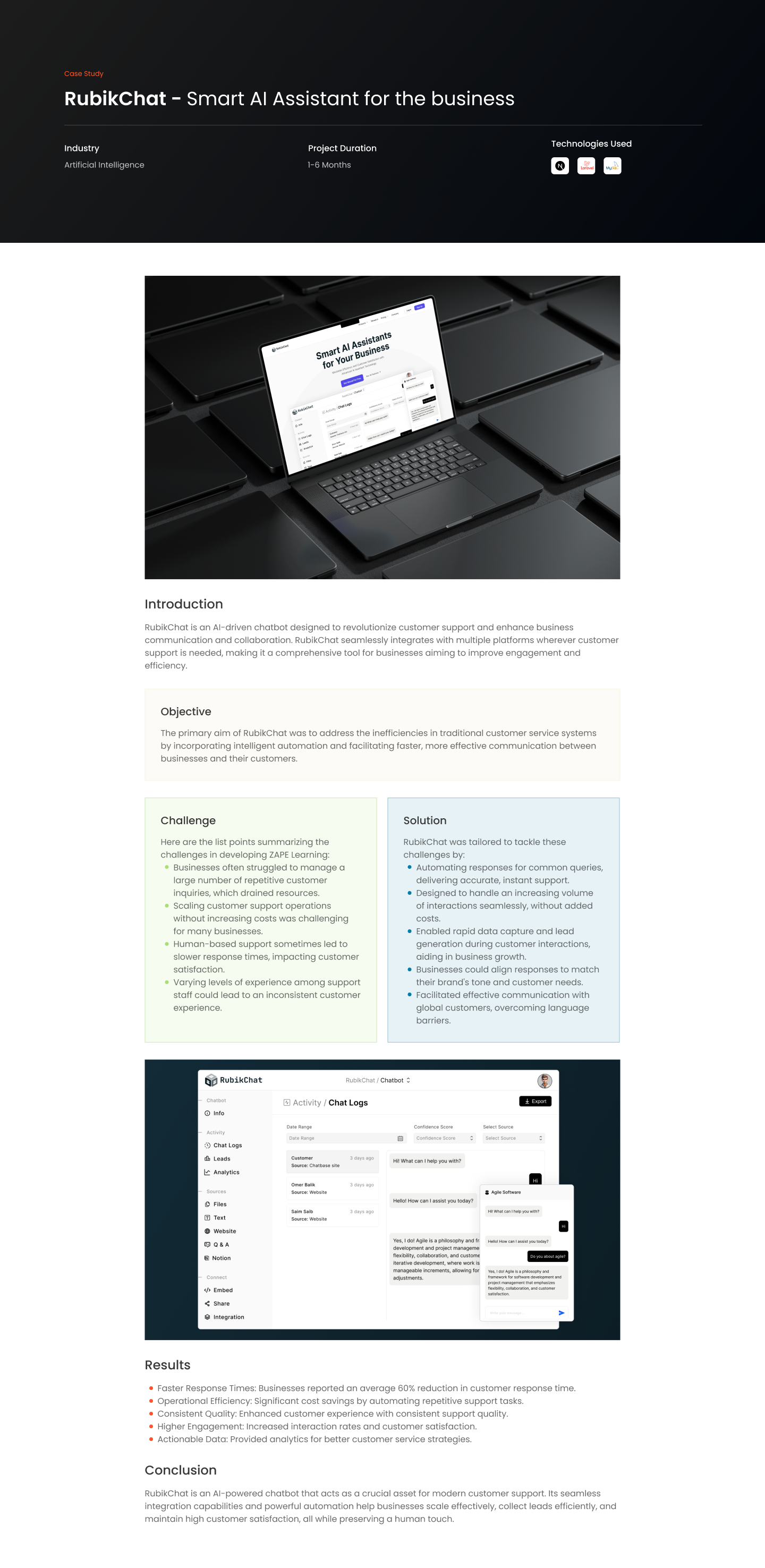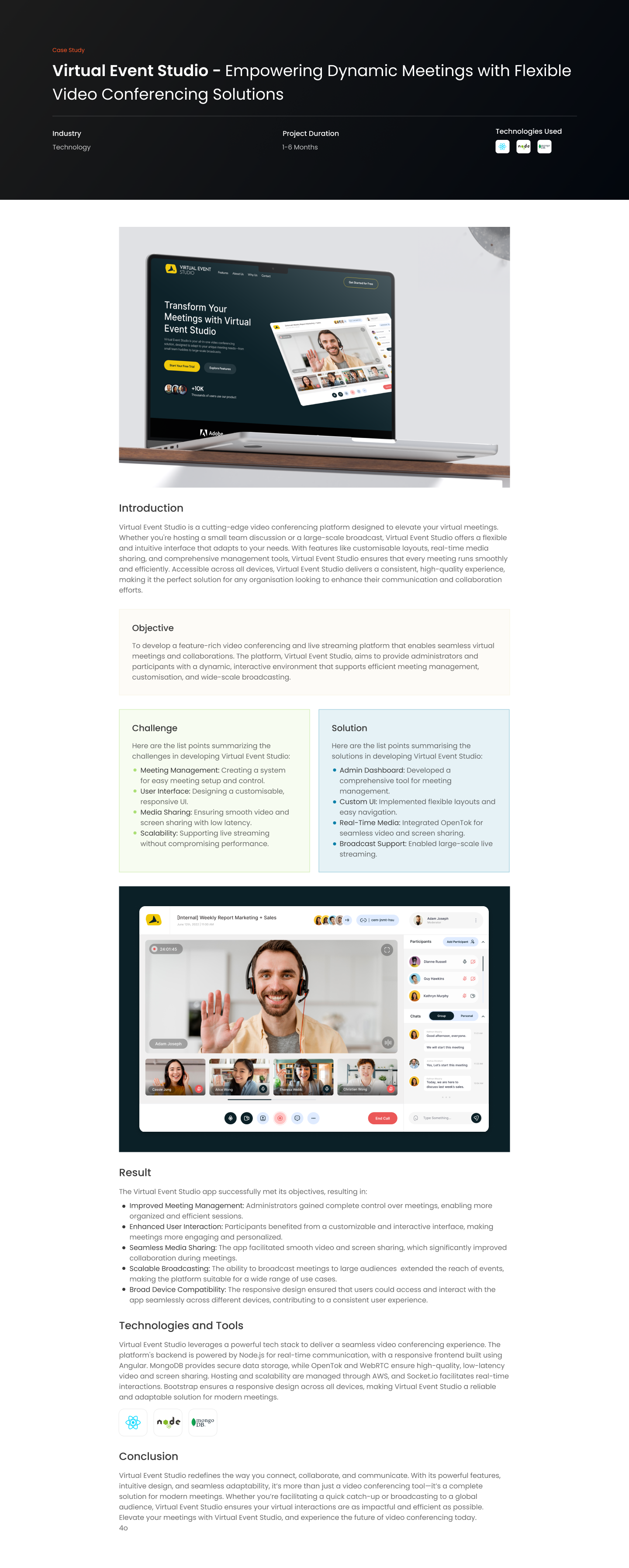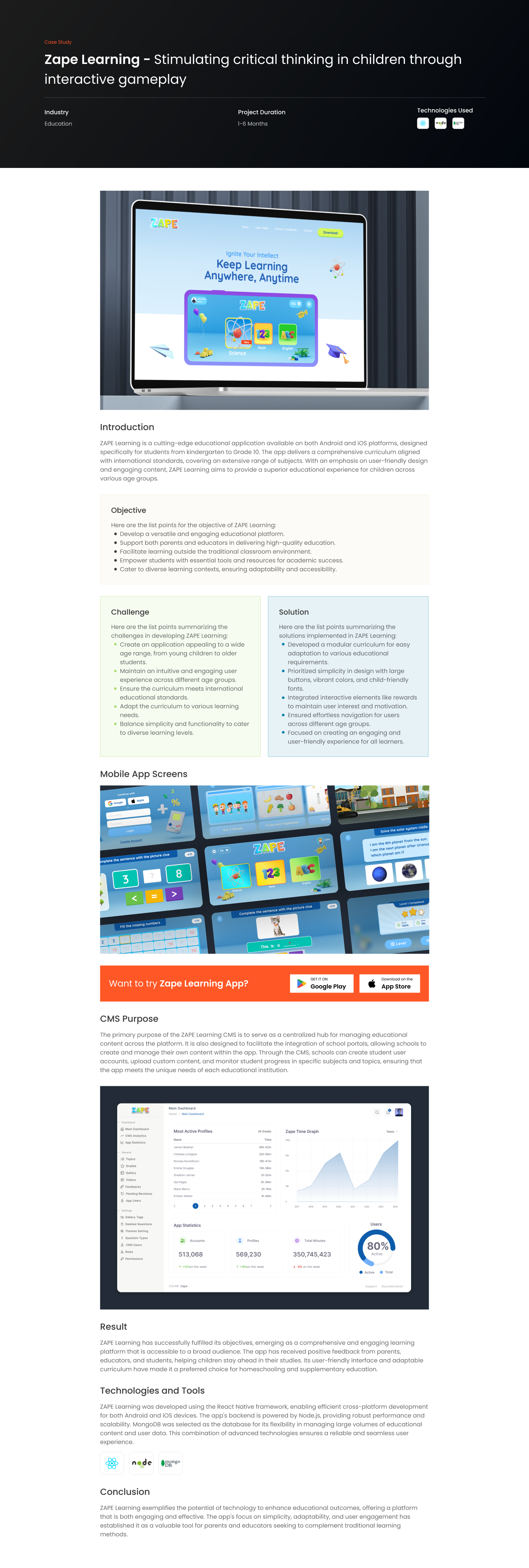Introduction
Welcome to the world of Microservices. In this blog, we’ll explore the concept of microservices—a style of architecture that structures an application as a collection of loosely coupled services. This approach is revolutionizing how applications are built and maintained. So, if you’re ready to uncover the secrets of scalable and flexible software design, let’s dive in!
What are Microservices?
Microservices architecture is a method of developing software systems that focuses on building single function modules with well-defined interfaces and operations. This is in contrast to traditional monolithic architectures, where all functions are intertwined in a single application.
.
Core Features of Microservices
1. Independence: Each microservice is a mini-application, with its own dedicated codebase, which can be developed, deployed, and scaled independently.
2. Specialized: Each service is designed around a specific business capability
3. Decentralized Control: Microservices emphasize decentralized data management and governance.
4. Resilience: Isolation of services means the failure of one service doesn’t bring down the whole system.
Benefits of Using Microservices
NLP has a broad spectrum of applications, making it a transformative technology in various domains:
1. Enhanced Scalability: Individual components can be scaled as needed, which is ideal for cloud environments.
2. Faster Deployment: Smaller codebases and isolated services lead to quicker deployment times.
3. Technology Diversity: Teams can choose the best technology stack for each service.
4. Improved Fault Isolation: If one microservice fails, others continue to function.
Challenges in Adopting Microservices
1. Complexity in Management: Managing multiple services can become complicated.
2. Data Integrity: Ensuring data consistency across services requires careful design.
3. Inter-Service Communication: Designing efficient communication mechanisms between services is critical.
4. Development and Testing: Requires new approaches to software development and testing.
Implementing Microservices in Your Projects
1. Start with a Monolith: Begin with a monolithic architecture and gradually break it down into microservices.
2. Define Your Boundaries: Clearly define the responsibilities and boundaries of each service.
3. Embrace Automation: Use automation tools for testing, deployment, and monitoring.
4. Prioritize Monitoring and Logging: Implement robust monitoring and logging to track the health of each microservice.
Conclusion
Microservices architecture is a powerful approach to building software systems, offering numerous benefits in terms of scalability, flexibility, and resilience. While there are challenges in implementation, the rewards make it a compelling choice for many organizations.
Further Reading and Exploration
If the concept of microservices has piqued your interest and you’re looking to deepen your understanding, the following resources and topics will guide you through a more detailed exploration:
1. Design Principles for Microservices: Delve into the foundational principles for designing effective microservices, including domain-driven design and service-oriented architecture.
2. Case Studies of Microservices Architecture: Study real-world examples of organizations that have successfully implemented microservices to understand the practical applications and outcomes.
3. Transitioning from Monolith to Microservices: Understand the strategies and best practices for transitioning from a monolithic architecture to a microservices architecture.
4. Microservices Security: Investigate the unique security considerations and best practices in a microservices architecture.
5. Performance Monitoring and Management: Explore tools and techniques for effectively monitoring and managing the performance of microservices.
Each of these areas offers a pathway to a more in-depth understanding of microservices, paving the way for effective implementation and innovation in your software projects.
Keep Learning, Keep Testing











